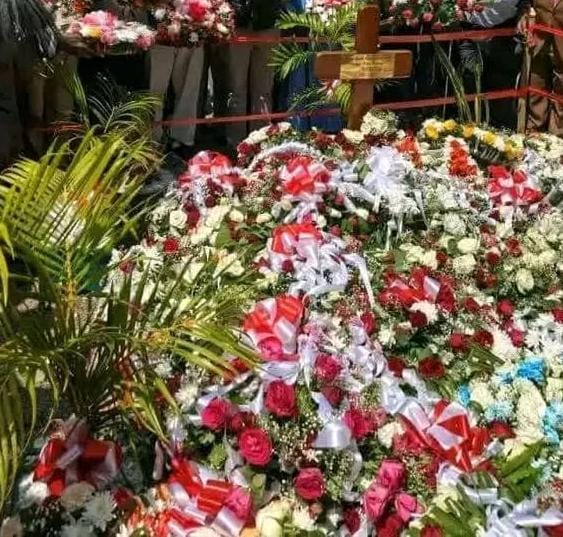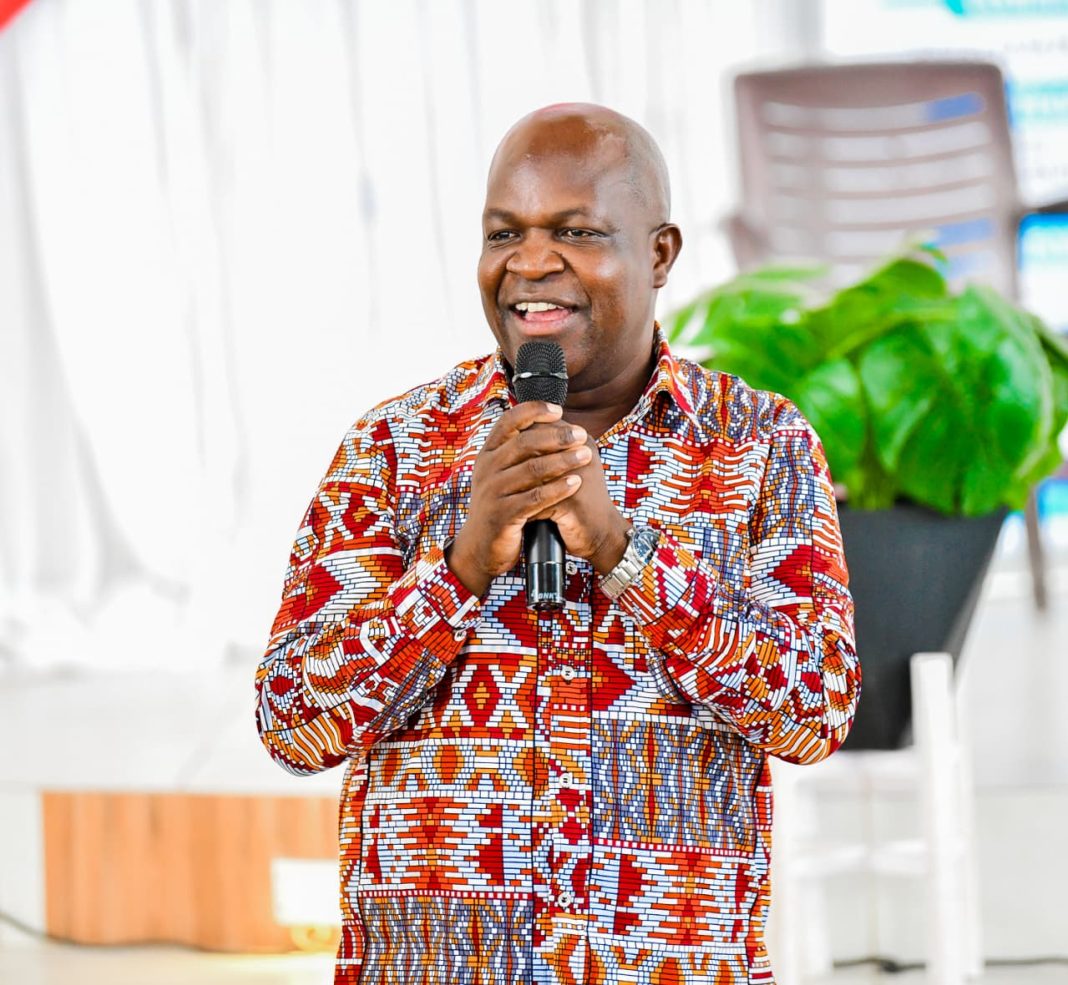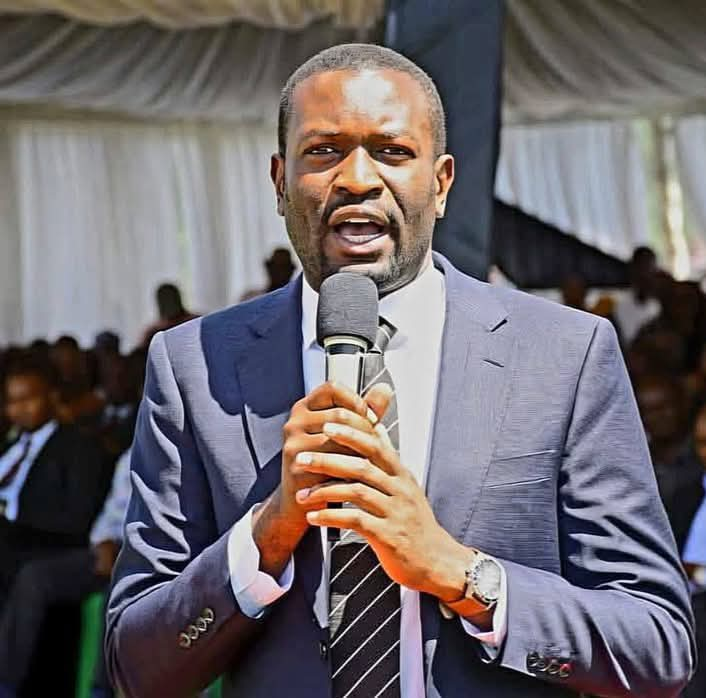By James Okoth
Days after Raila Odinga’s burial at Kang’o ka Jaramogi in Bondo, the site has turned into an unlikely political attraction. Leaders from across Kenya’s political divide are making their way there — not just to mourn, but to be seen.
From governors and senators to old rivals, the steady stream of visitors has transformed the grave into what some now describe as the new political shrine of Kenya. It is as though, in death, Raila’s influence has grown larger — and access to his resting place now confers a new kind of political legitimacy.
The family compound at Kang’o ka Jaramogi, where Raila now rests beside his father Jaramogi Oginga Odinga, has long carried historical weight. It is the cradle of Kenya’s reform politics — a space that has produced and buried two of the country’s fiercest opposition icons.
Since the funeral, delegations have been trooping in daily. Siaya Governor James Orengo led one group, describing the visit as “a moment of renewal for the journey Baba began.” Migori’s Ochilo Ayacko said he went “to draw strength from Raila’s spirit of resilience.”
Even leaders aligned with President William Ruto’s UDA party have made quiet appearances, speaking of “respecting a patriot who transcended partisanship.”
But to many observers, the sudden frequency of visits appears more political than spiritual. Cameras precede convoys. Speeches follow silence. Each visitor seems to carry both a bouquet and a political motive.
Kenya has always revered political symbols — from Kenyatta’s mausoleum in Nairobi to Moi’s resting place in Kabarak. But Raila’s case is unique. His grave at Kang’o ka Jaramogi represents not state power, but the people’s struggle.
Visiting it, therefore, carries both emotional and political weight. To be seen at Kang’o is to signal connection with the reform movement that shaped Kenya’s modern democracy. It is to align with a legacy that still commands loyalty from millions who called him Baba.
In a political landscape already preparing for 2027, that symbolism is priceless.
Locals in Bondo say they now see convoys every day.
“Some come with prayers, others with cameras,” one resident said. “You can tell who is here to honour him and who is here to make a statement,” he affirmed.
Raila’s legacy was built on conviction, not convenience. He fought for justice, democracy and unity — often at great personal cost. To convert his final resting place into a campaign stop would distort that legacy and reduce history to theatre.
The new wave of visits to Kang’o ka Jaramogi reveals something deeper about Kenya’s political soul — a craving for association with moral power, even when the moral voice is gone. It shows how leaders often chase proximity to history rather than its lessons.
If Baba’s grave must be visited, let it be with purpose, not publicity. Let those who kneel there draw from his courage to stand firm, his humility to serve, and his vision of a just Kenya.
Raila Odinga’s truest shrine is not the tomb at Kang’o ka Jaramogi. It lives in the spirit of millions still inspired by his lifelong creed — that this nation can and must be better.




